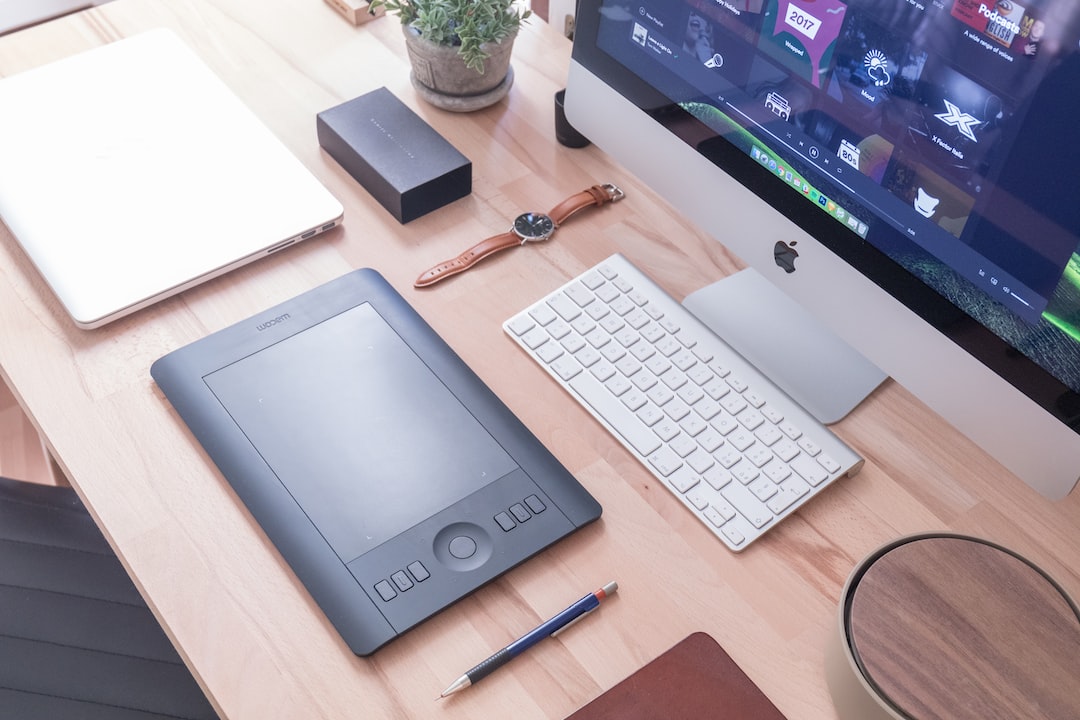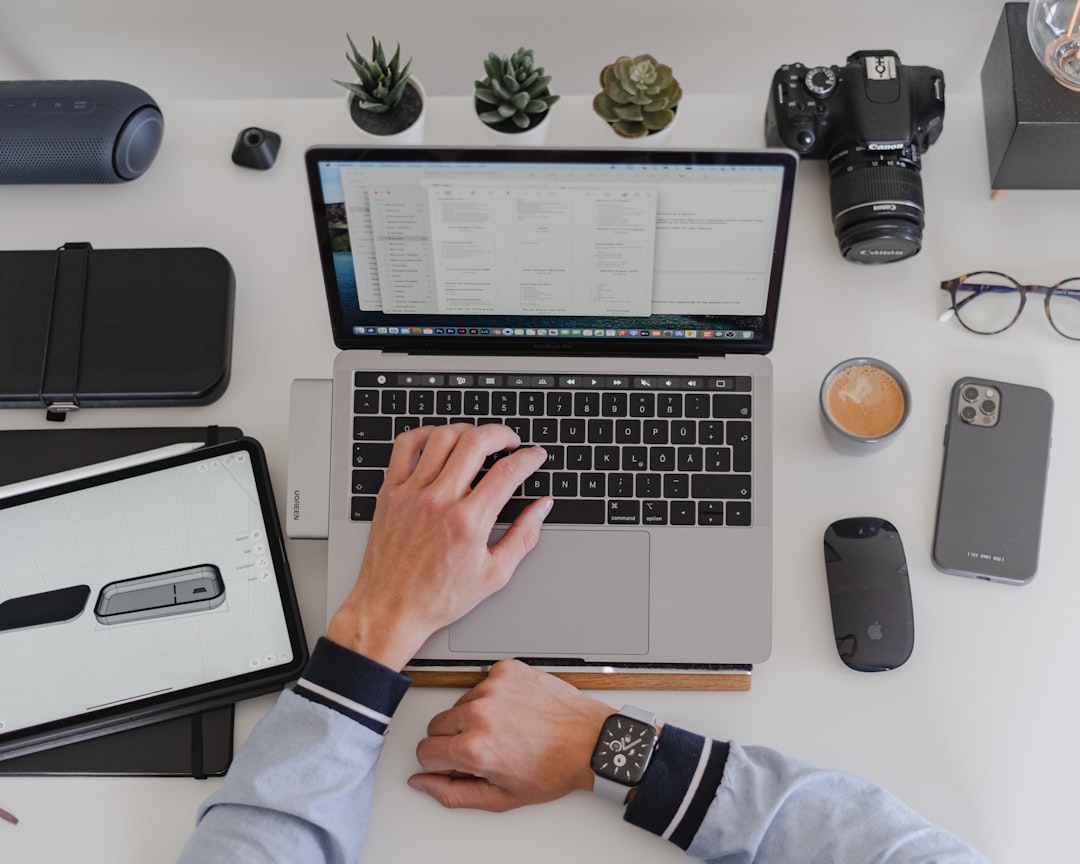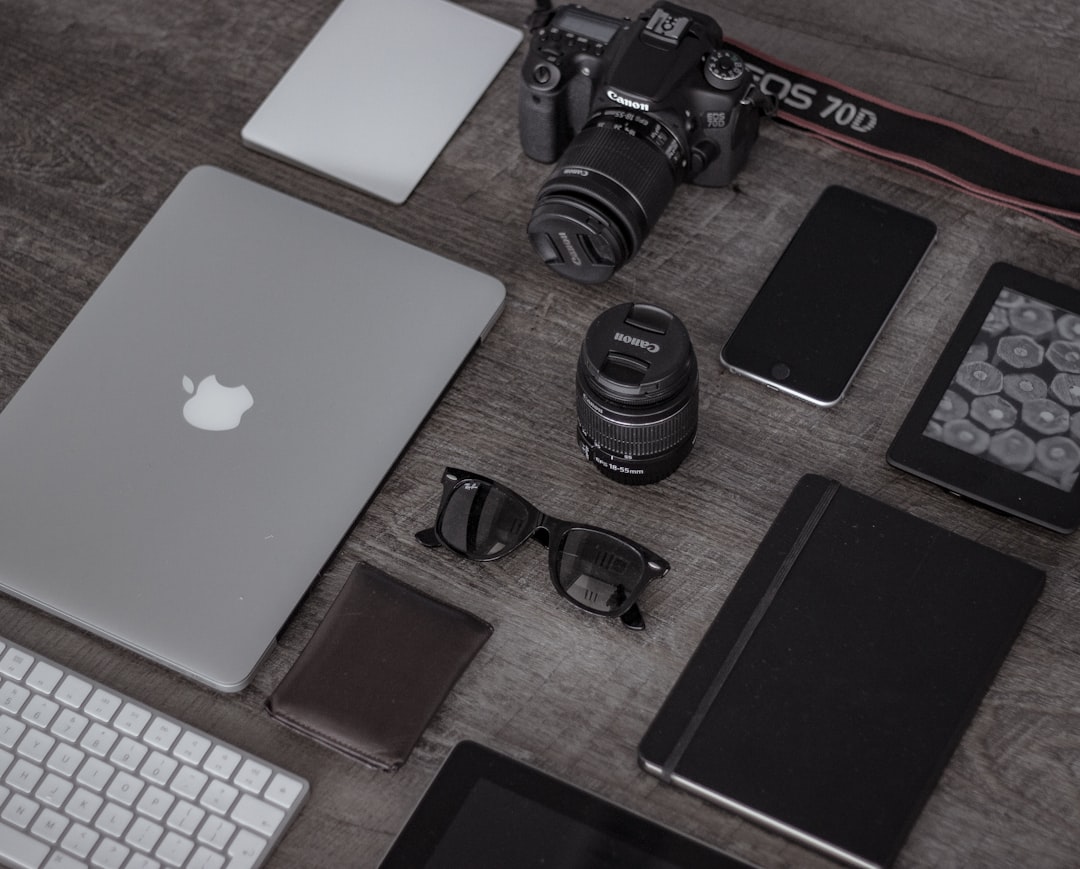Working from home can be a dream come true for many. The idea of lounging in your pajamas all day, cuddled up with a warm cup of coffee, with your favorite music playing in the background sounds blissful. However, very quickly, you may realize that being productive from home has its challenges.
The home environment can be distracting with family members, pets, chores, or even a comfy bed calling your name, begging you for a nap. These distractions can hinder your creativity and productivity, leaving you feeling lost and behind in your work.
Moreover, it is hard to create a work-home balance when they overlap. The home environment never completely shuts off, and this may lead to working long hours or neglecting other aspects of your life, such as your health.
Yet, despite all these challenges, we can work successfully from home. By working in a space that’s designed for productivity, identifying clear work hours, focusing on self-care, avoiding multitasking, setting realistic targets, and taking breaks as needed, we can accomplish our work and still have a happy and healthy life.
Now, let’s dive deeper into these strategies and overcome the challenges of working from home!
Establish a Productive Workspace: Design the Space Your Brain Needs
As you transition to working from home, one of the biggest challenges you’ll face is creating a space that’s conducive to productivity. The lure of the couch or the coziness of your bed can be enticing, but these are not places where you’ll be able to get work done.
To truly establish a productive workspace, you need to design the space your brain needs. This means creating an environment that’s comfortable, well-lit, and functional.
The first step in designing your workspace is choosing the right location. Pick a spot in your home that’s dedicated solely to work, away from distractions like TV or laundry. Make sure this space is well-lit – natural light is ideal – and has good ventilation to keep you focused and energized.
Next, you’ll want to invest in quality equipment. A comfortable chair, a spacious desk, and a reliable computer are all essential. Don’t forget about other essentials like a good set of headphones, a comfortable mouse pad, and a reliable internet connection.
Once you have the basics covered, it’s time to personalize your space to suit your needs. Add personal touches such as inspirational quotes, plants, or pictures that help you stay motivated and energized. Adjust the temperature and lighting to suit your preferences, and make sure you have everything you need within easy reach.
Ultimately, the goal is to create a space that’s both comfortable and functional. You want a workspace that energizes you and helps you stay focused on your tasks. With the right environment in place, you’ll find it much easier to stay productive and work efficiently throughout the day.
Adjust the temperature and lighting to suit your preferences, and make sure you have everything you need within easy reach.
Define Clear Work Hours: Decide When to “Punch In” and “Out”
One of the greatest challenges that remote workers face is the ability to balance their personal and professional lives. After all, when you work from home, it’s hard to know when to “punch in” and “out” – to define the boundaries between work time and personal time.
However, defining clear work hours is integral to increasing productivity and satisfaction in your day-to-day life. Once you have set boundaries, both you and your supervisor (if you have one) will know exactly when you are on the clock, and when you can focus on other aspects of your life.
Moreover, by defining your work hours, you are inadvertently forcing yourself to establish routines and adhere to them. These routines will help structure your day and increase the likelihood of you executing your daily to-do list.
So, one approach you can take it to track your productivity for a week or two without setting specific working hours. Afterwards, evaluate the results you gathered and determine the hours in which you are most productive. Is it early in the morning or late at night? Determine this, and set specific work hours that reflect the moments when you work best.
By defining clear work hours, you are also able to communicate your availability to your colleagues, clients, and family members. They know that during a certain time period, you are solely dedicated to your work – this way, there’s not a expectation for you to be fully attentive to calls, messages or emails after those hours. Everyone adjusts accordingly, which helps you to maximize productivity and minimize distractions.
By carefully defining clear work hours, you will be one step closer to mastering the work from home lifestyle: you’ll be able to communicate expectations more effectively, structure your day appropriately, and balance your work-life balance in a seamless and meaningful way.
Once you have set boundaries, both you and your supervisor (if you have one) will know exactly when you are on the clock, and when you can focus on other aspects of your life.
Make Health a Priority: Stay Focused on Self-Care
When it comes to working from home, it’s easy to put your health on the back burner. With no set office hours or colleagues to see every day, it’s tempting to stay cooped up in your home office and work long hours without giving your body and mind the necessary care that they need.
But make no mistake, neglecting your health can have detrimental effects on your ability to work efficiently and productively. That’s why it’s crucial to take proactive steps to prioritize self-care, no matter how many deadlines you’re juggling.
One of the primary ways you can prioritize your health as a remote worker is to cultivate healthy habits. This could include developing an exercise routine or tweaking your diet to include more nutrient-dense foods that fuel your body throughout the day.
Stress is another common side effect of working remotely – especially when it feels like the lines between your work life and personal life are continuously blurring. To combat this, consider incorporating relaxing rituals into your routine, like meditating or taking walks in nature.
Another essential aspect of self-care is getting enough sleep. It can be tempting to burn the midnight oil to get ahead on projects, but a chronic lack of sleep will ultimately lead to burnout and decreased job satisfaction. Instead, ensure you prioritize sleep by sticking to a consistent bedtime and setting up your workspace in a way that promotes restful sleep.
By making your health a priority and staying focused on self-care, you’ll be better equipped to tackle the challenges that come with remote work. Remember: a healthy body and mind are the foundation of long-term success, so don’t be afraid to invest in yourself.
Instead, ensure you prioritize sleep by sticking to a consistent bedtime and setting up your workspace in a way that promotes restful sleep.
Avoid Multitasking: Find Your Flow and Stay in It
As a remote worker, one of the greatest challenges is staying focused on the task at hand. You have a myriad of distractions bombarding you, from email notifications and phone calls to social media alerts and even household chores. It’s incredibly easy to fall into the trap of multitasking – trying to juggle multiple projects at once, getting sidetracked in the process, and ultimately falling behind on your primary responsibilities.
However, resist the urge to multitask. Studies have shown that when you attempt to split your focus, it diminishes the quality and efficiency of your work. You end up spending more time trying to refocus, switching back and forth between tasks, and in the end, being less productive overall.
Instead, find your flow and stay in it. Identify what time of day you are most alert and focused and schedule your most important tasks during those hours. Create a daily to-do list and prioritize your tasks based on their importance and deadlines. Try to work on one task at a time and resist the urge to switch your focus until you’ve completed it or reached a natural stopping point.
Finding your flow requires discipline and practice. It takes time to develop habits that enable you to naturally enter a state of deep concentration and productivity. But once you’re able to do this, you’ll maximize your output and increase your overall level of satisfaction with your work.
Remember, working from home demands self-discipline, focus, and motivation. But with determination and persistence, you can stay in your flow and accomplish all of your goals.
Instead, find your flow and stay in it.
Set Realistic Goals: Make Long-Term Plans and Short-Term Deadlines
When you work from home, distractions can be plentiful. Without the structure of a traditional office setting or colleagues around to keep us accountable, it can be easy to lose track of time and let important tasks slip through the cracks. Setting realistic goals is essential to staying focused and productive in this environment.
Start by establishing long-term plans that align with your overall career or business goals. Ask yourself what you want to achieve in the next five years, and make a list of actionable items that will help you get there. These might include pursuing additional training or certifications, building your network, or reaching a certain income level.
Once you have a clear picture of your long-term vision, break it down into more manageable short-term goals that you can tackle on a daily or weekly basis. Be specific about what you want to achieve, and set deadlines for completing each task. This will help you stay on task and motivated even when distractions arise.
Whether your goal is to double your income or simply stay on top of your to-do list, creating a roadmap for success will help you stay focused, motivated, and accountable. Remember, achieving lasting success takes hard work, persistence, and a willingness to adapt your strategies as needed. Set realistic goals, commit to reaching them, and celebrate your progress along the way.
Ask yourself what you want to achieve in the next five years, and make a list of actionable items that will help you get there.
Stay Focused and Take Breaks as Needed
Congratulations on making it this far – you have learned to create a productive workspace, define clear work hours, prioritize your health, avoid multitasking, and set realistic goals. With all these pieces in place, it’s easy to fall into the trap of thinking you need to work non-stop to achieve your goals. But as important as it is to be productive, it’s equally important to take breaks and recharge your batteries.
Taking breaks isn’t something to be ashamed of – in fact, it’s essential to stay focused and maintain a high level of productivity. Your brain and body need time to rest and recharge, and taking breaks throughout the day can help improve concentration, energy levels, and overall happiness.
So, how do you take a break effectively? First and foremost, plan your breaks in advance. Look at your schedule and allow dedicated time for mental and physical rejuvenation. Commit to stepping away from your work and doing something restorative.
Successful breaks come in many forms – meditating, going for a walk, or even just chatting with a friend. But don’t forget to truly disconnect – turn off notifications, step outside of your workspace, and separate yourself from your work responsibilities.
And when you return to your work after your break, refocus your energy and stay determined to crush your goals. Remember, taking a break is not a failure – it’s a supportive measure to help you achieve your objectives.
So, as you wrap up your day, remember to celebrate your successes and don’t dwell on the areas you could improve. Just remember to focus on progress – no matter how small. Keep that energy and determination, and commit to taking breaks when, and as, you need them. Here’s to a productive and fulfilling workday from home!





